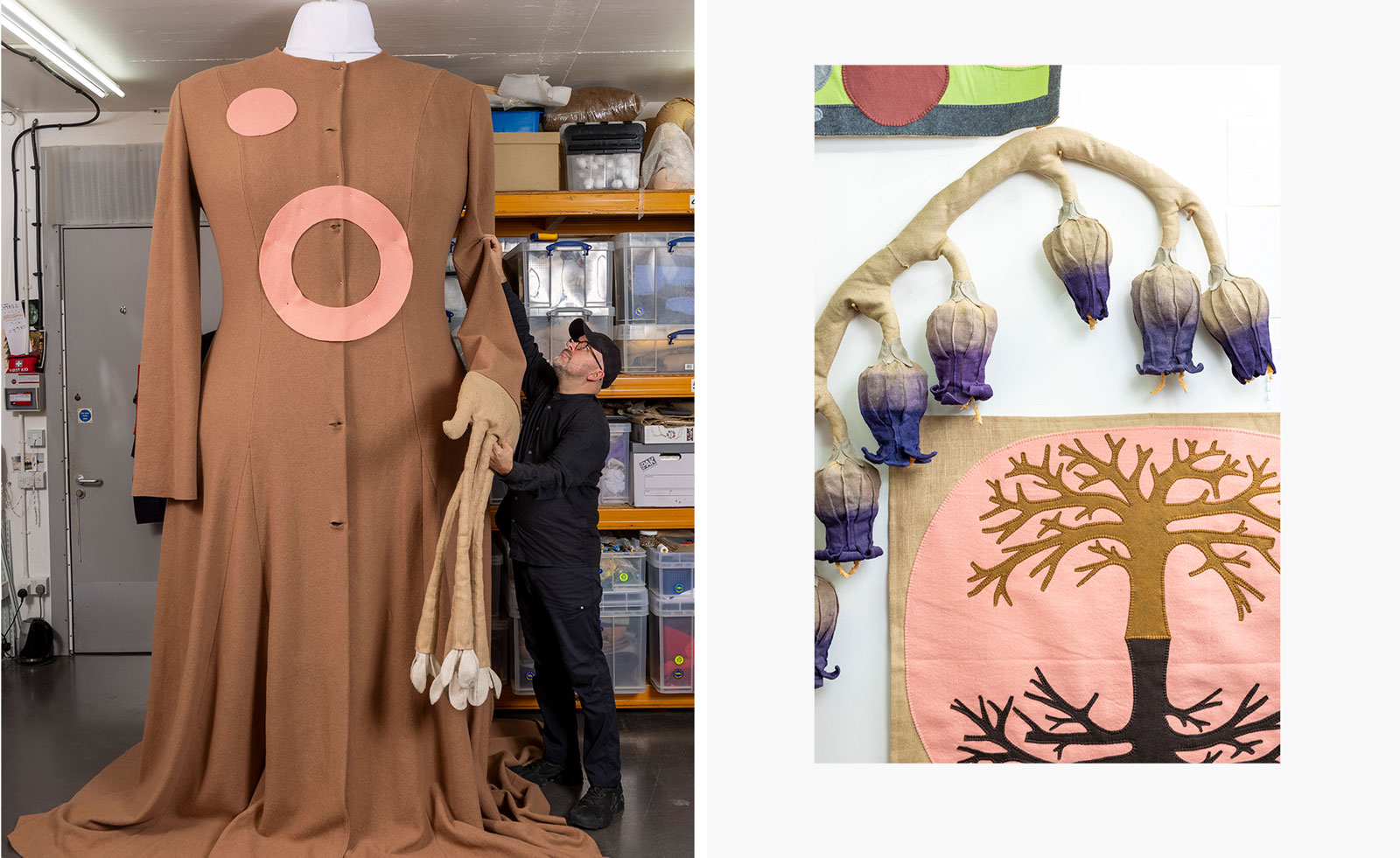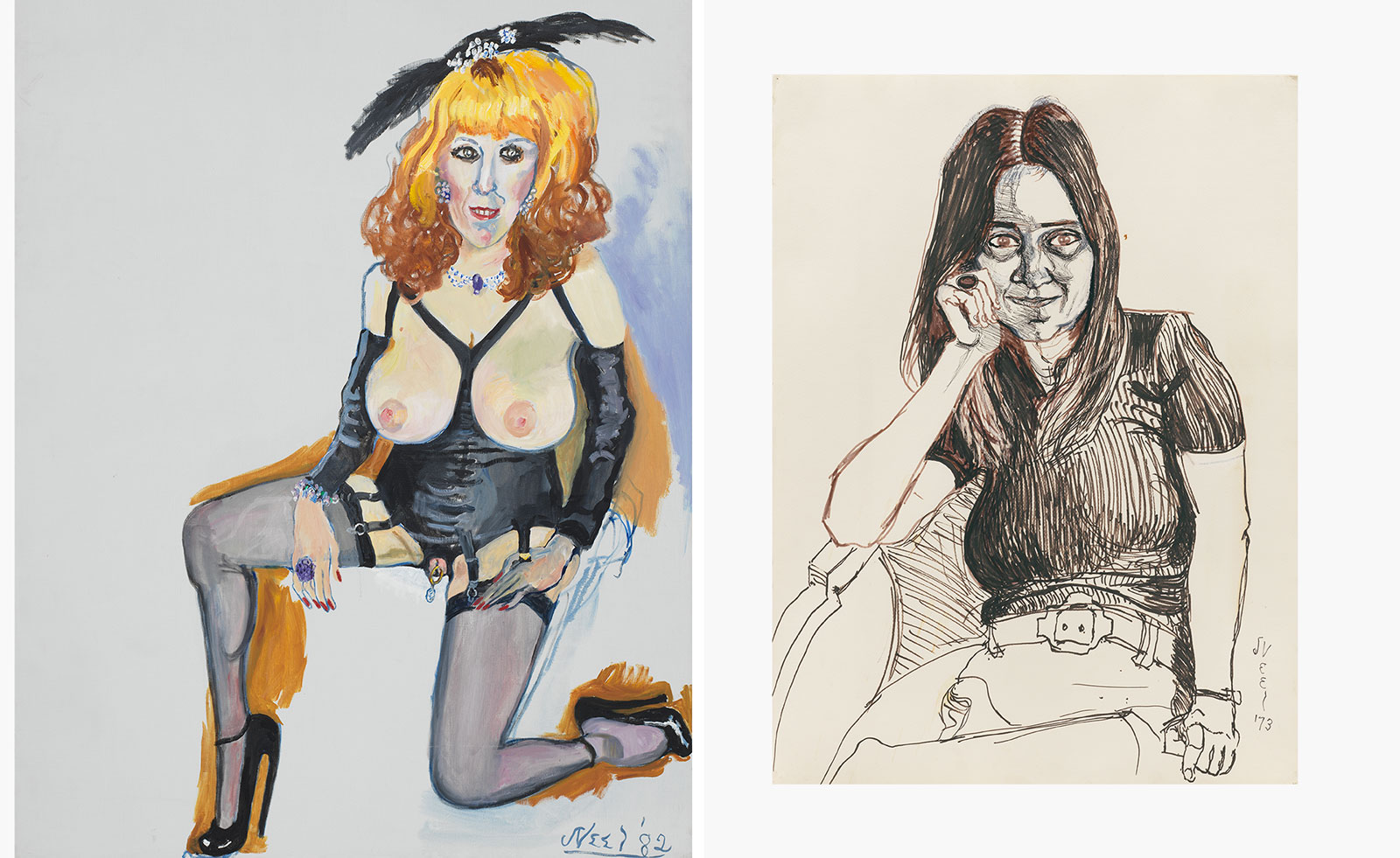Faith Ringgold on capturing the complexity of the American experience: ‘It takes courage to be free’
We interview trailblazing American artist Faith Ringgold, whose major retrospective exhibition ‘American People’ runs until 27 November at the de Young Musuem, San Francisco

Faith Ringgold is an artist with a humble manner, though her impact on art history is nothing of the sort. Born in Harlem, NY, in 1930, Ringgold is amongst the most important political artists of our time. With powerful, emblematic narratives, she has spent five decades uncovering the many subjectivities of history, challenging historic stereotypes and false truths of African-American identity, championing underrepresented narratives and drawing attention to gender inequality. Ringgold’s bold, indelible impact on art history and the lives of Black Americans, Black women and Black people more widely can never be erased.
With a major retrospective now on view at San Francisco’s de Young Museum, Ringgold is gratified by the recent response to her work. ‘My mother always said I would have to work twice as hard to go half as far. I believed in myself – as my family did – and just kept working no matter what the response was. I am delighted to see my work appreciated by so many,’ says the artist, whose work is framed intellectually from her position in the Harlem Renaissance.

Faith Ringgold, The American People Series #19: US Postage Commemorating the Advent of Black Power, 1967
Ringgold’s work in narrative quilting has made her a pioneer of the medium. Her ‘story quilts’ are actually paintings – acrylic on canvas – with pieced fabric borders. Unduly associated with craft, the medium has been adopted into the narrative of contemporary art in more recent times. Though Ringgold did not consider herself a pioneer at the time. ‘Throughout my professional life I felt free to do whatever I wanted to do – and use whatever material was suitable for my vision. I felt no limitation.’
As well as her tapestries, her narrative scenes – such as the American People series, the focus of the de Young exhibition – confront race relations in 1960s America. A mural-scale painting concludes the series, culminating in violent chaos with the riots that were erupting throughout the country. Fighting in the streets and the undocumented killings of African-American people were frequent. Blood is drawn and spatters evenly; the struggle touches all. Done-up, buttoned businessmen represent the core of the struggle; a battle amongst the middle class for the surety of their social positioning.

Faith Ringgold, America Free Angela, 1971
‘The images I created reflect my experiences and what was going on around me. In the 1960s, I embraced the civil rights movement because Black artists were being overlooked. In the 1970s I embraced the women’s movement because female artists were ignored more than men. I think the same issues are relevant today.’ Many of the key works of the Black Arts Movement were solely focused on Black masculinity, and this often threatened to drown out the voices and messages of Black women artists of the movement. Indeed, Ringgold would come to realise, after joining, that the movement would serve to give men power over women. Ringgold’s work is an expression of freedom, as an African-American, as a woman, and above all else as a Black woman.
‘I hope people will be inspired by my art and find the courage as I did to do whatever they feel moved to do – whether it’s in art, science or any discipline. It takes courage to be free and express one’s own vision. Everyone is important and has a unique story to tell.’
We are living in an age where purpose is being reinvented and historical narratives are being uncovered and afforded due attention. How far have we come and how much farther do we have to go? To this, Ringgold muses ‘We have made progress to a certain extent but there is a long journey ahead. There is much work to do before our society attains true social justice. These past few years have exposed the extent of prejudice in our society. There is a lot of catching up to do before there is true equity.’
Wallpaper* Newsletter
Receive our daily digest of inspiration, escapism and design stories from around the world direct to your inbox.

Faith Ringgold, Who's Afraid of Aunt Jemima?, 1983
Ringgold allows us to believe in the possibility of freedom; her work is deeply personal yet universal. It unravels an experience shared by many through her unique perspective. It can be said that some of the best art is made through the exploration of one’s own experience. Ringgold agrees: ‘It is essential for an artist to find their voice. What distinguishes a great artist from a mediocre one is their artistic vocabulary. One may be influenced or inspired by another artist's vision, but finding one’s own distinct voice is the goal. You cannot make art about anything you haven’t experienced.’ Ringgold’s work draws you in because faith is at the centre; to look at her multifaceted oeuvre is to enter a relationship with history, her story and your own.
Ringgold is rightly credited with expanding the American story; but at the core of her work, her own deeply nuanced story resonates, a story for us all to share. Art is a unique expression of life, and Ringgold's expression urges us to take notice of a bigger story, more American People, and a more expansive humanity.

Faith Ringgold, American People Series #10: Study Now, 1964
'Faith Ringgold: American People', until 27 November 2022 at the de Young Museum, San Francisco. deyoung.famsf.org
-
 Nikos Koulis brings a cool wearability to high jewellery
Nikos Koulis brings a cool wearability to high jewelleryNikos Koulis experiments with unusual diamond cuts and modern materials in a new collection, ‘Wish’
By Hannah Silver
-
 A Xingfa cement factory’s reimagining breathes new life into an abandoned industrial site
A Xingfa cement factory’s reimagining breathes new life into an abandoned industrial siteWe tour the Xingfa cement factory in China, where a redesign by landscape specialist SWA Group completely transforms an old industrial site into a lush park
By Daven Wu
-
 Put these emerging artists on your radar
Put these emerging artists on your radarThis crop of six new talents is poised to shake up the art world. Get to know them now
By Tianna Williams
-
 The art of the textile label: how British mill-made cloth sold itself to Indian buyers
The art of the textile label: how British mill-made cloth sold itself to Indian buyersAn exhibition of Indo-British textile labels at the Museum of Art & Photography (MAP) in Bengaluru is a journey through colonial desire and the design of mass persuasion
By Aastha D
-
 Artist Qualeasha Wood explores the digital glitch to weave stories of the Black female experience
Artist Qualeasha Wood explores the digital glitch to weave stories of the Black female experienceIn ‘Malware’, her new London exhibition at Pippy Houldsworth Gallery, the American artist’s tapestries, tuftings and videos delve into the world of internet malfunction
By Hannah Silver
-
 'We need to be constantly reminded of our similarities' – Jonathan Baldock challenges the patriarchal roots of a former Roman temple in London
'We need to be constantly reminded of our similarities' – Jonathan Baldock challenges the patriarchal roots of a former Roman temple in LondonThrough use of ceramics and textiles, British artist Jonathan Baldock creates a magical and immersive exhibition at ‘0.1%’ at London's Mithraum Bloomberg Space
By Emily Steer
-
 Tasneem Sarkez's heady mix of kitsch, Arabic and Americana hits London
Tasneem Sarkez's heady mix of kitsch, Arabic and Americana hits LondonArtist Tasneem Sarkez draws on an eclectic range of references for her debut solo show, 'White-Knuckle' at Rose Easton
By Zoe Whitfield
-
 Alice Neel’s portraits celebrating the queer world are exhibited in London
Alice Neel’s portraits celebrating the queer world are exhibited in London‘At Home: Alice Neel in the Queer World’, curated by Hilton Als, opens at Victoria Miro, London
By Hannah Silver
-
 ‘You have to face death to feel alive’: Dark fairytales come to life in London exhibition
‘You have to face death to feel alive’: Dark fairytales come to life in London exhibitionDaniel Malarkey, the curator of ‘Last Night I Dreamt of Manderley’ at London’s Alison Jacques gallery, celebrates the fantastical
By Phin Jennings
-
 Inside the distorted world of artist George Rouy
Inside the distorted world of artist George RouyFrequently drawing comparisons with Francis Bacon, painter George Rouy is gaining peer points for his use of classic techniques to distort the human form
By Hannah Silver
-
 Love, melancholy and domesticity: Anna Calleja is a painter to watch
Love, melancholy and domesticity: Anna Calleja is a painter to watchAnna Calleja explores everyday themes in her exhibition, ‘One Fine Day in the Middle of the Night’, at Sim Smith, London
By Emily Steer